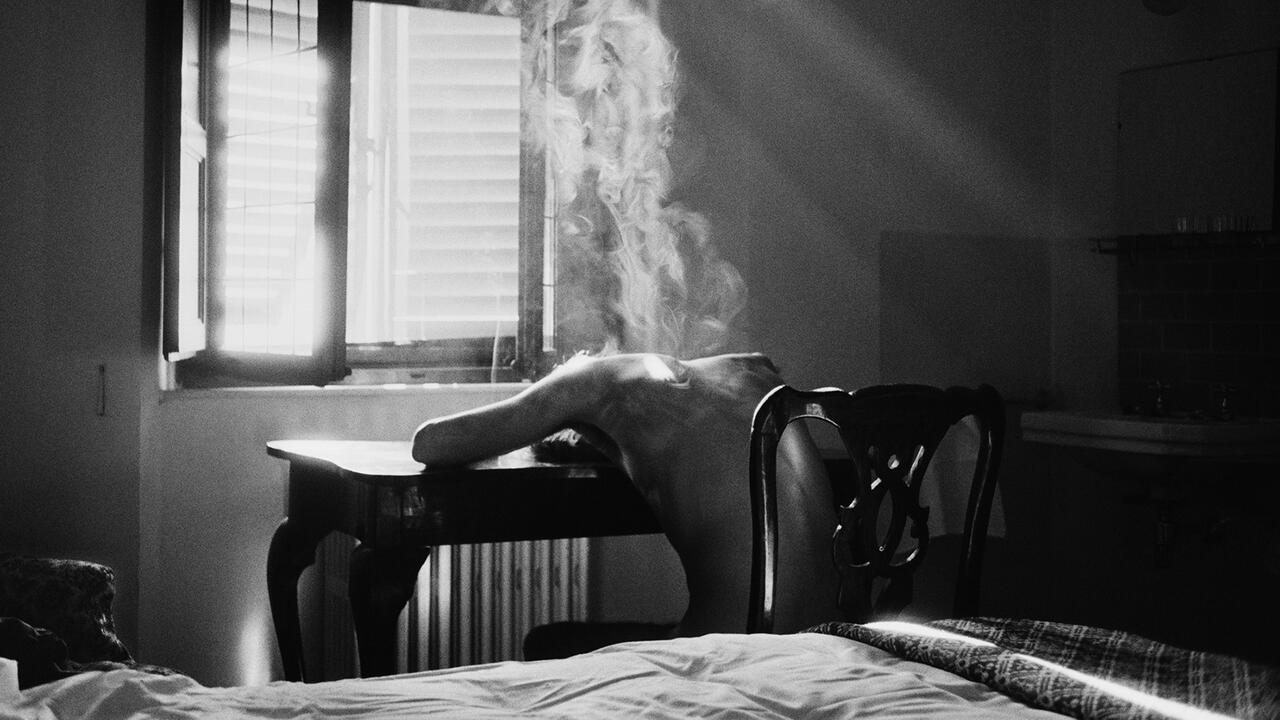The Global Bauhaus: Tokyo
How progressive pedagogy was eventually co-opted by the war machine in 1930s and ’40s Japan
How progressive pedagogy was eventually co-opted by the war machine in 1930s and ’40s Japan

On the centenary of the founding of the Bauhaus in Weimar, the ‘bauhaus imaginista’ project, which takes place in eleven countries, looks at the institution’s position within global crosscurrents of experimental pedagogy. In this mini-series, we consider the legacy of the Bauhaus in cultural centres outside of the West.
By the time the journal Kenchiku Kōgei. I See All (Architecture and Crafts. I See All) was launched in November 1931, Japanese architects were well aware of the Bauhaus. A steady stream of visitors to both Weimar and Dessau over the previous decade shared their knowledge through articles, publications and other materials. In 1927 a young graduate of the architecture program at Tokyo Fine Arts School, Takehiko Mizutani, enrolled at the Bauhaus in Dessau, and began teaching at his alma mater after returning home in 1930. Graduation projects from the time show that students back in Tokyo were already combining Bauhaus principles with a heady mix of constructivist and socially progressive ideas, as in a 1926 proposal by Iwao Yamawaki for a Theatrical Art Laboratory attached to a factory. (Yamawaki and his wife Michiko would in turn enroll at Dessau in 1930, where they stayed until the school was shut down by the Nazis in 1932.)

Despite such direct links, the one who did more than perhaps any other to introduce Bauhaus to broader Japanese society was the editor of I See All, Renshichiro Kawakita, who never left Japan. A tireless writer, translator, educator and activist, Kawakita sought to promote architecture for an era in which all arts and sciences would be ‘technically integrated’ – as expressed in a manifesto-like statement leading the table of contents. Generously illustrated, I See All had a strong didactic element from the start. Early issues featured lengthy technical surveys on the development of the modern home, or introduced designs for shop and restaurant fixtures. Studies of sunlight, air circulation and flows of bodily movement evoked new living spaces that would be compact and dynamic, scientifically calculated to optimize comfort and efficiency, while overviews of the history of modern architecture provided theoretical grounding.
The journal was complemented by a larger communal project, Seikatsu Kōsei Kenkyūsho (Research Institute for Life Construction), which soon evolved into an independent educational initiative, Shin Kenchiku Kōgei Gakuin (School of New Architecture and Design), which opened in June 1932. Advocating what Kawakita called kosei kyoiku (compositional education), the curriculum liberally adapted the Bauhaus Vorkurs (Preliminary Course) to the Japanese context. The Yamawakis were among the teachers of architecture and textile design, respectively, and at the school’s height other subjects included crafts, painting and drama. Kawakita also sought to expand the school beyond its headquarters in Tokyo. The journal proved to be a natural vehicle for delivering material, Open University–style, to branches and individual subscribers around the country, while a standalone compendium for elementary-school art teachers was published in 1934.

Rooted in an egalitarian ethos, Kawakita’s pedagogical work in the early 1930s can be read as a challenge to the top-down statism of the post-Meiji modernization project. (A graduate of a technical college, Kawakita was himself an outsider from elite architecture circles.) This became impossible under the explicit turn to authoritarianism set in motion by the invasion of Manchuria at the start of the decade. The journal folded in 1936 and the school followed soon after. As with many other progressives, Kawakita and his ideas were coopted into the war machine—he proposed techniques for improving efficiency at factories producing fighter planes. His story vividly illustrates the complexities of evaluating a modernity in which radicalism and conservatism, opposition and conformity sooner or later dovetailed with each other.
Main image: Takehiko Mizutani, Study on simultaneous contrast (class of Josef Albers), 1927, gouache on cardboard, 80 × 55 cm. Courtesy: Bauhaus-Archiv Berlin and Haus der Kulturen der Welt, Berlin






















